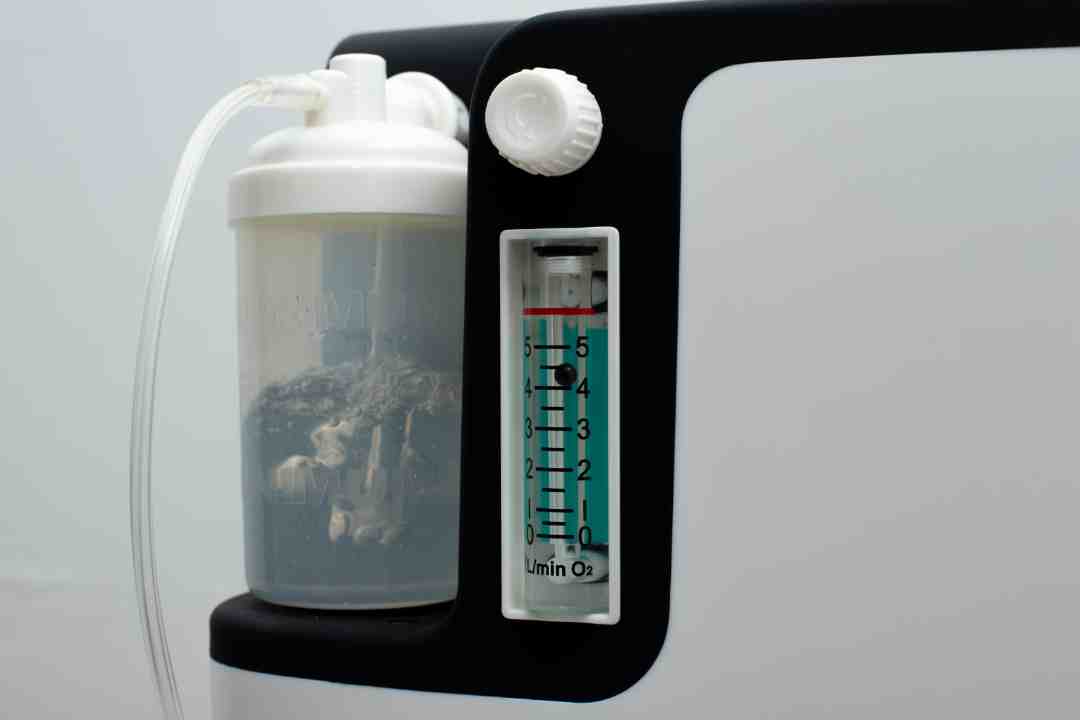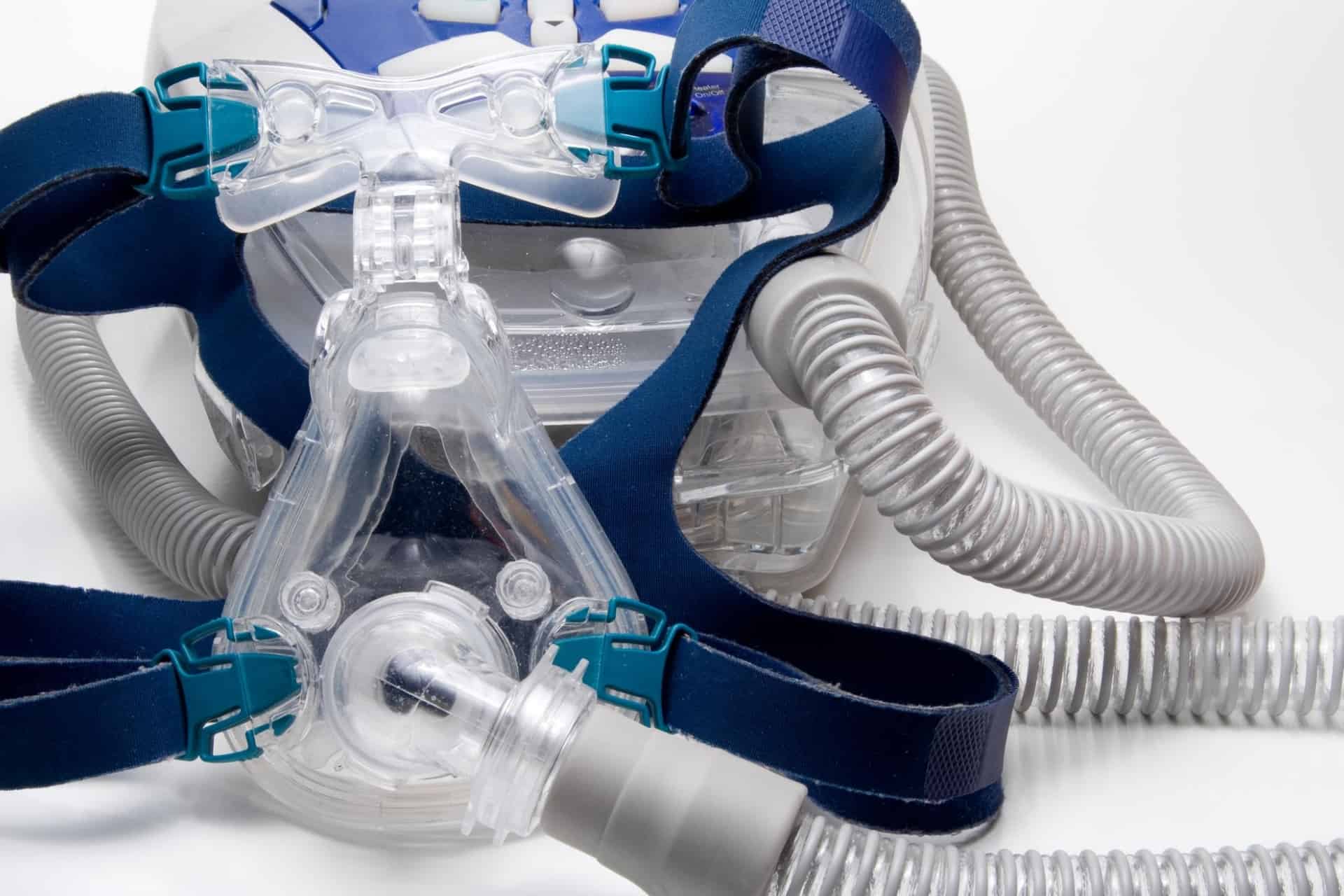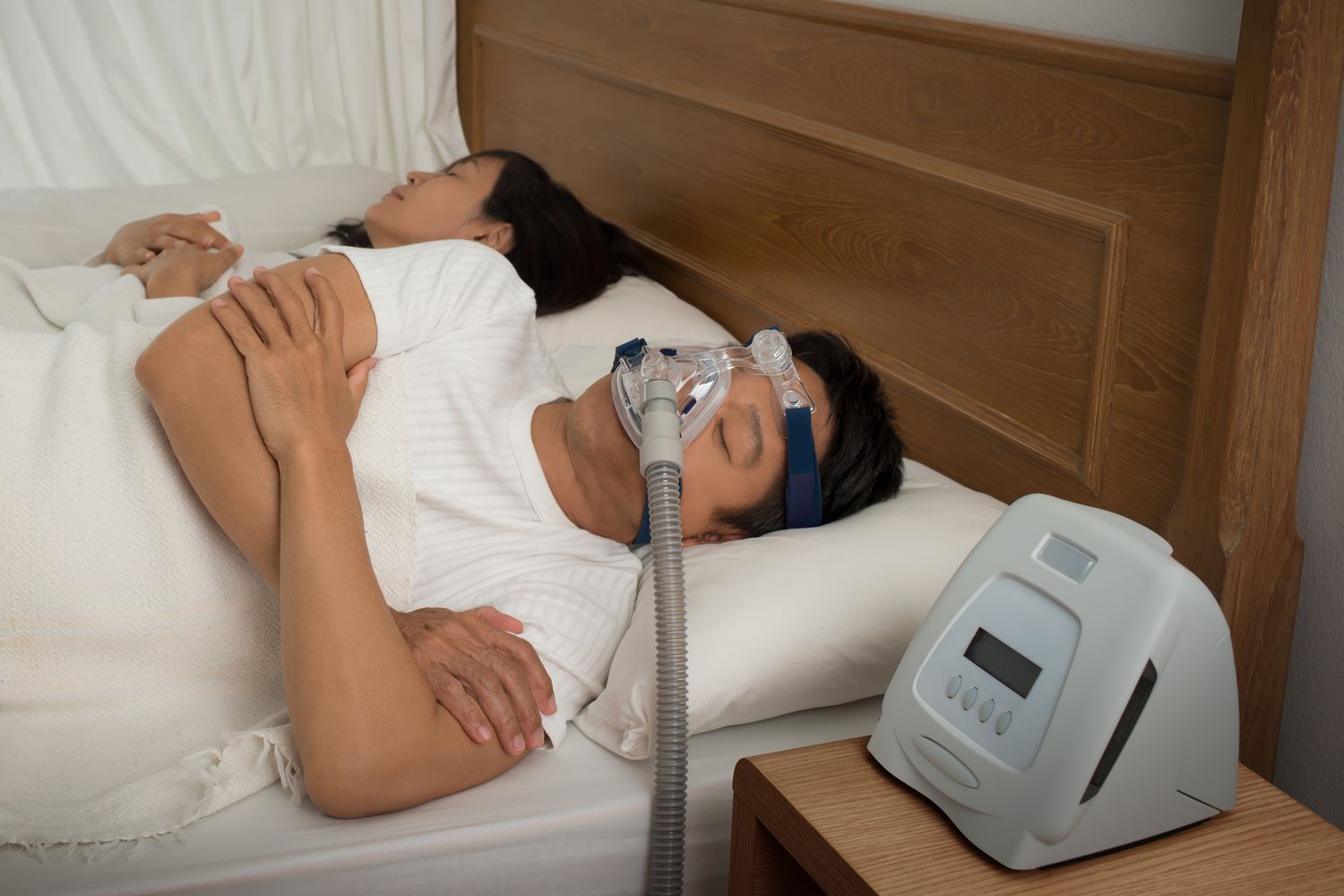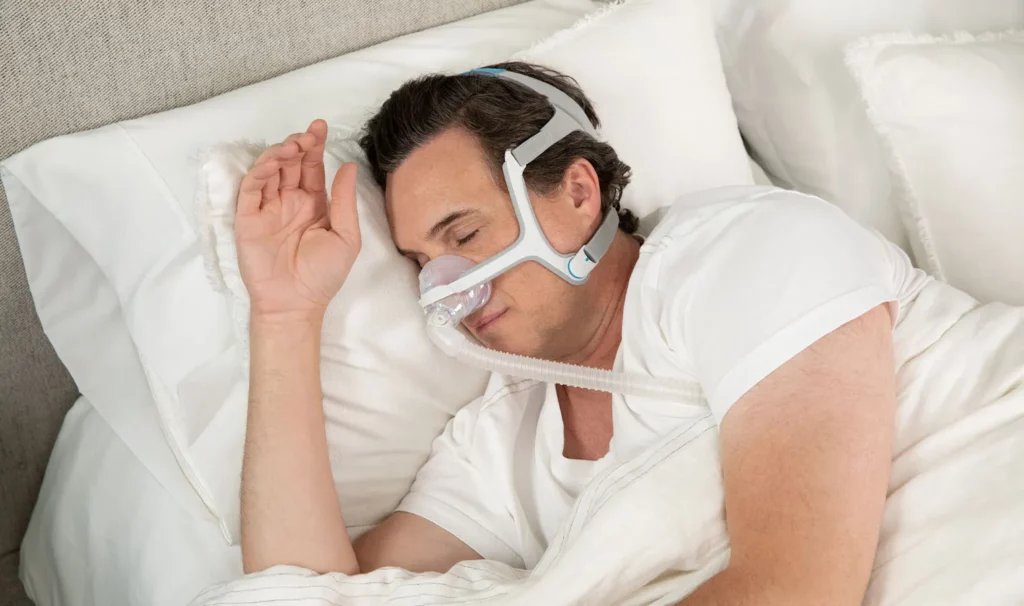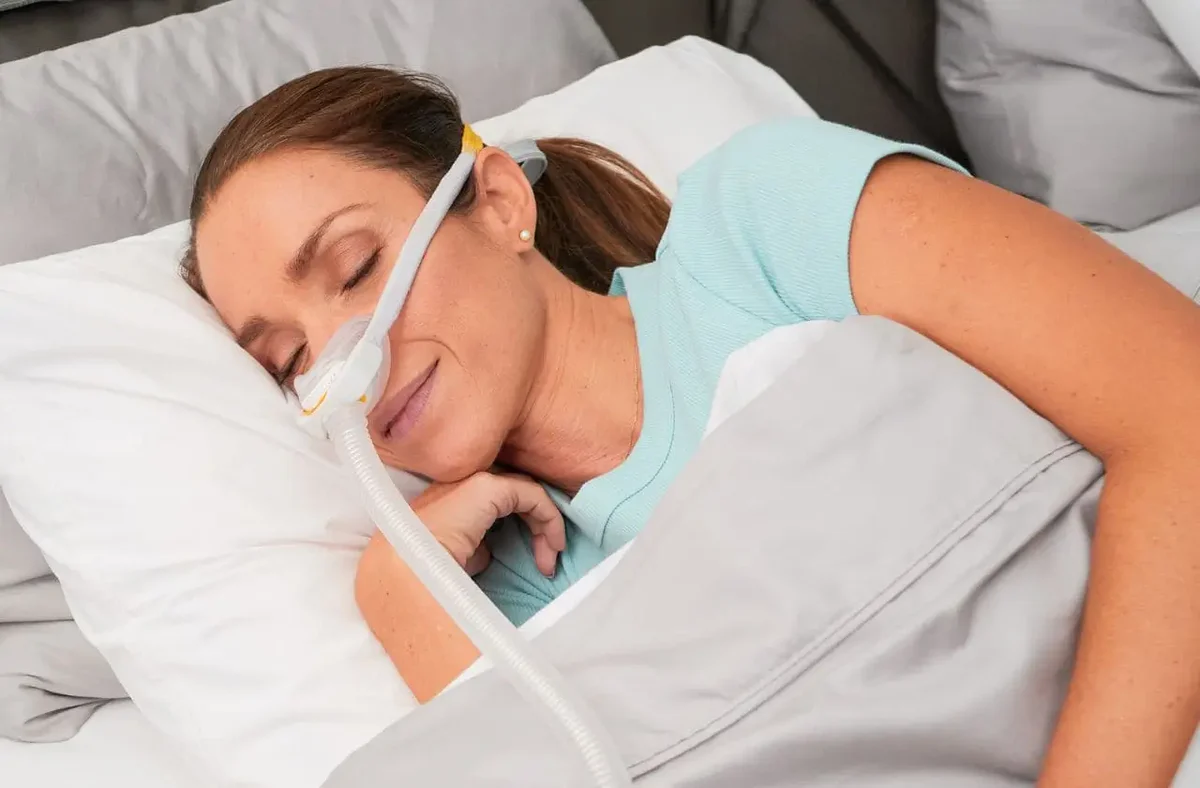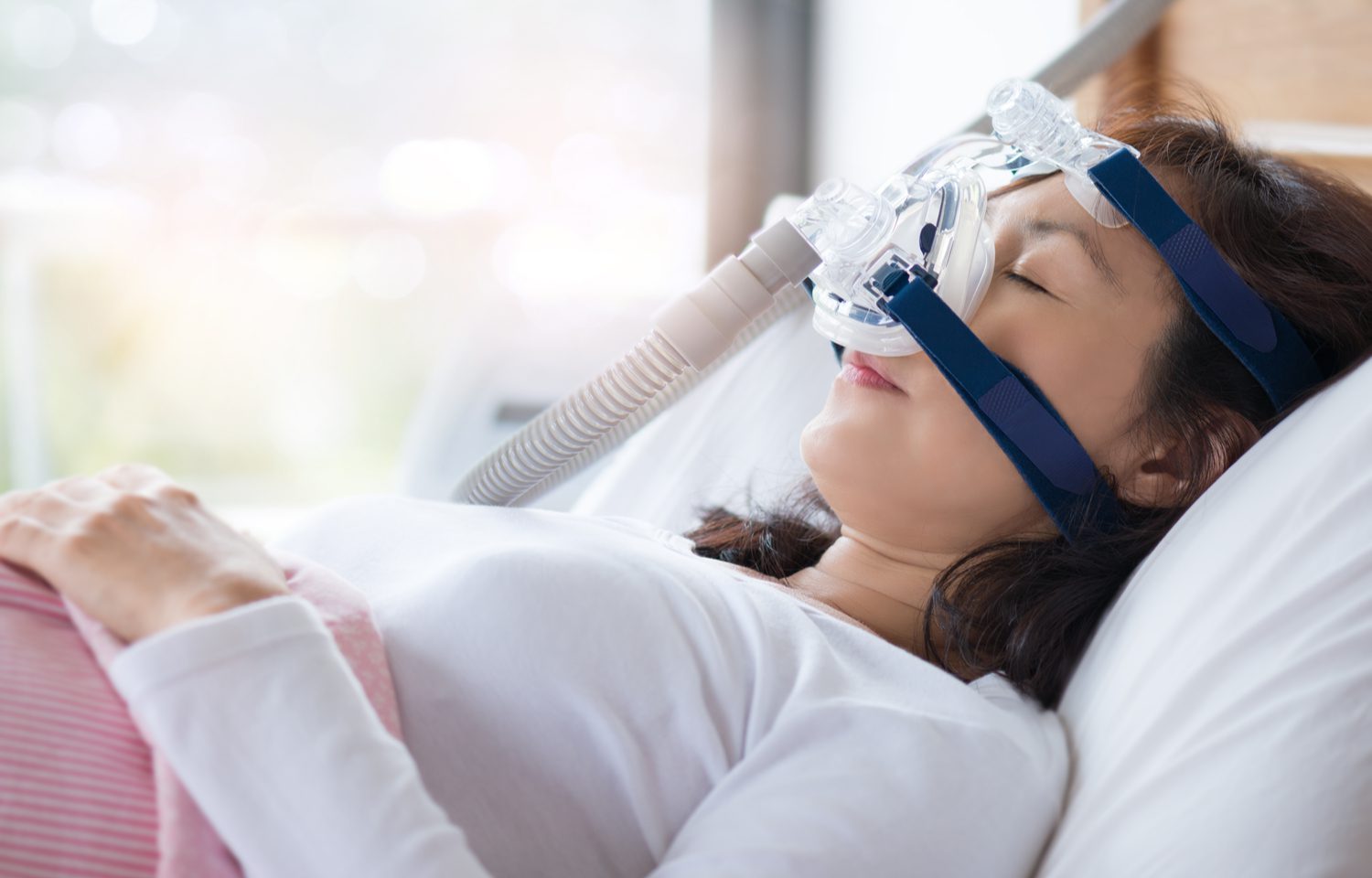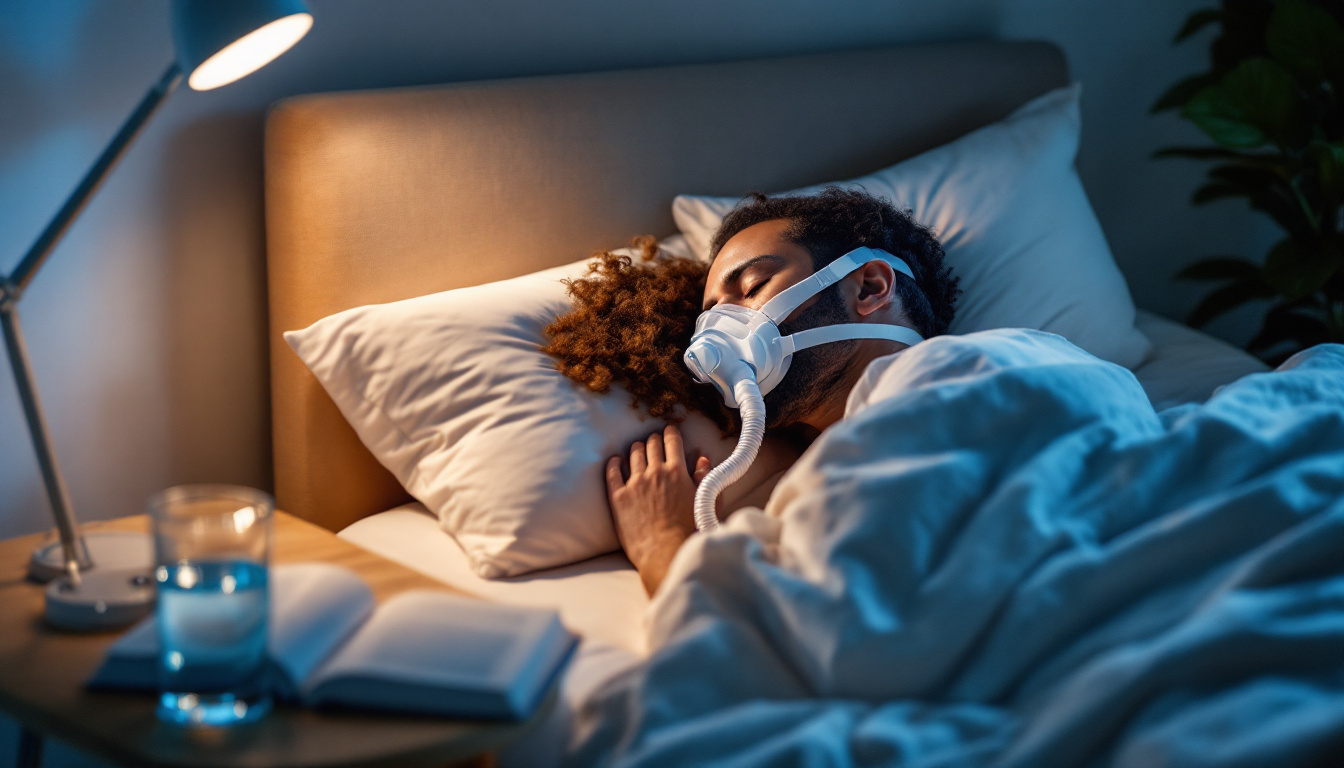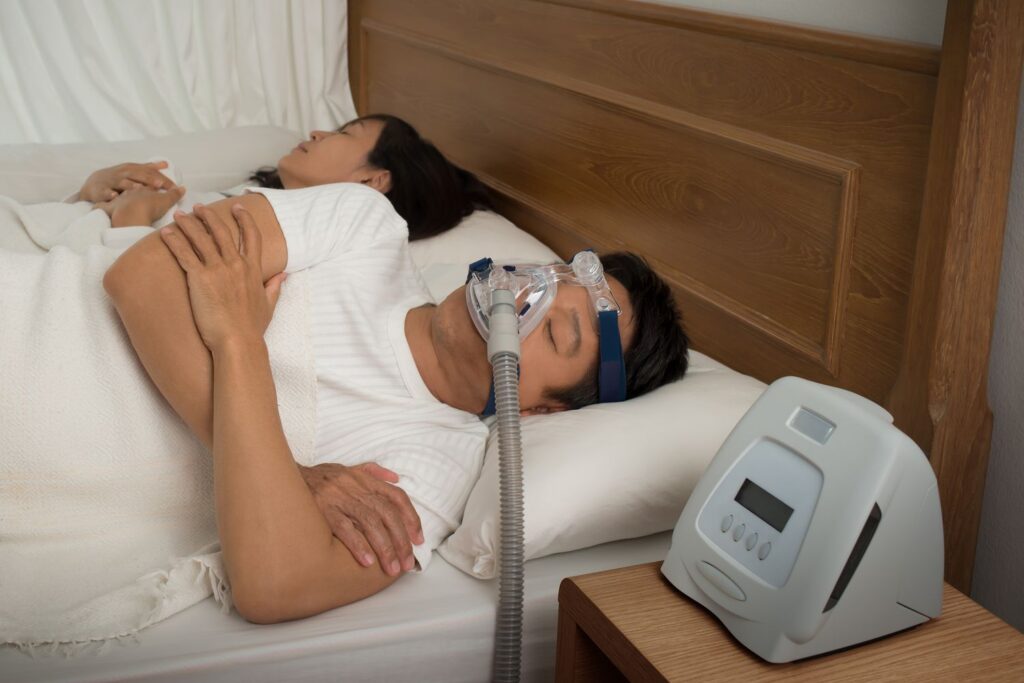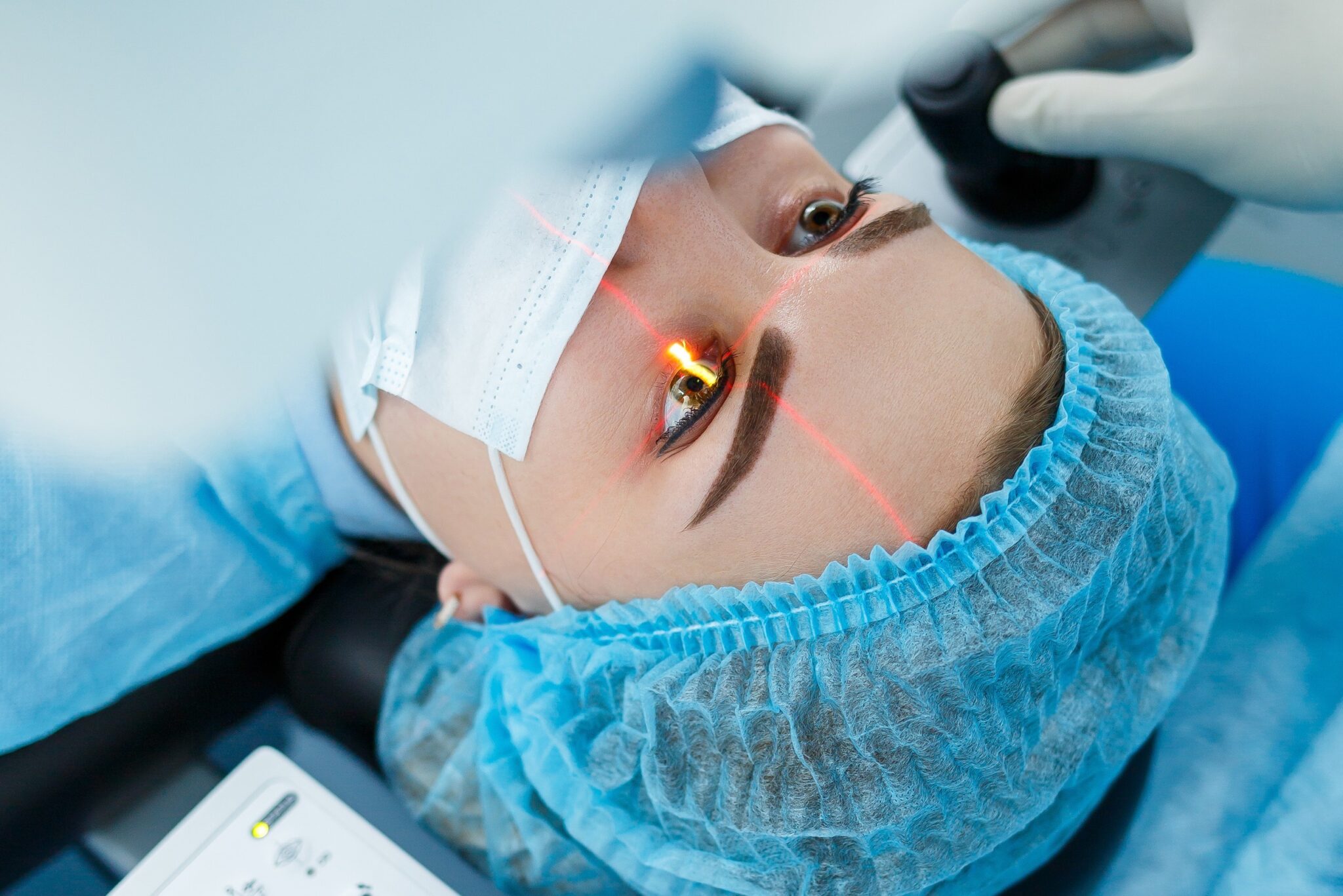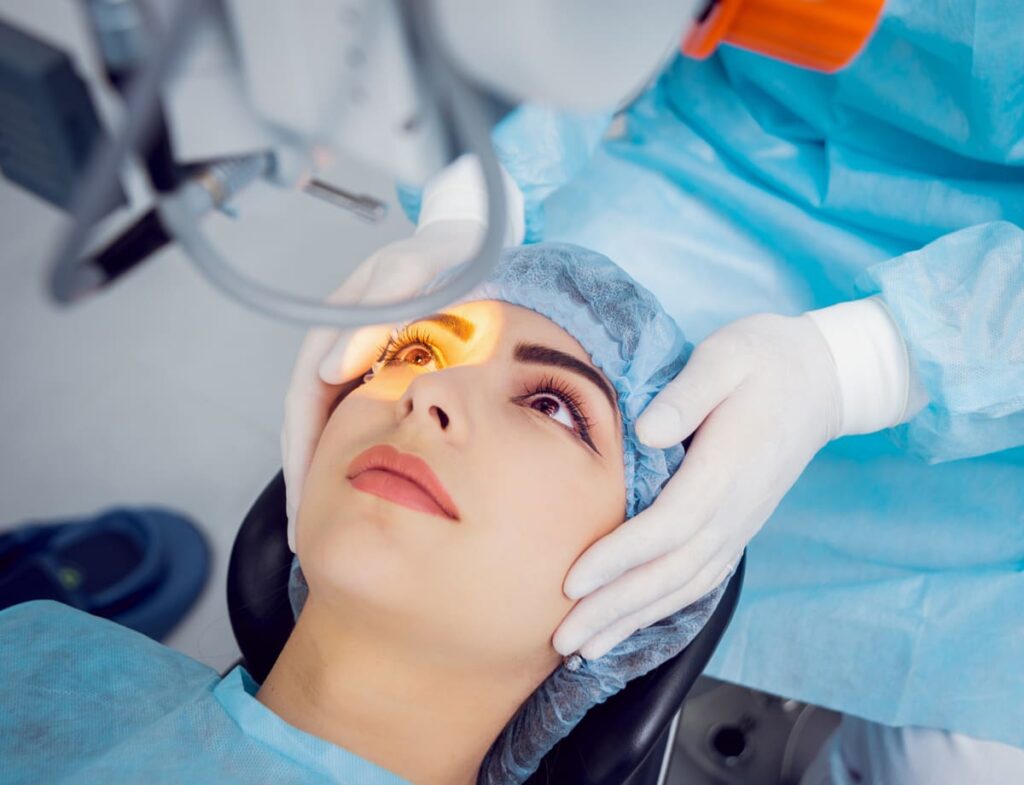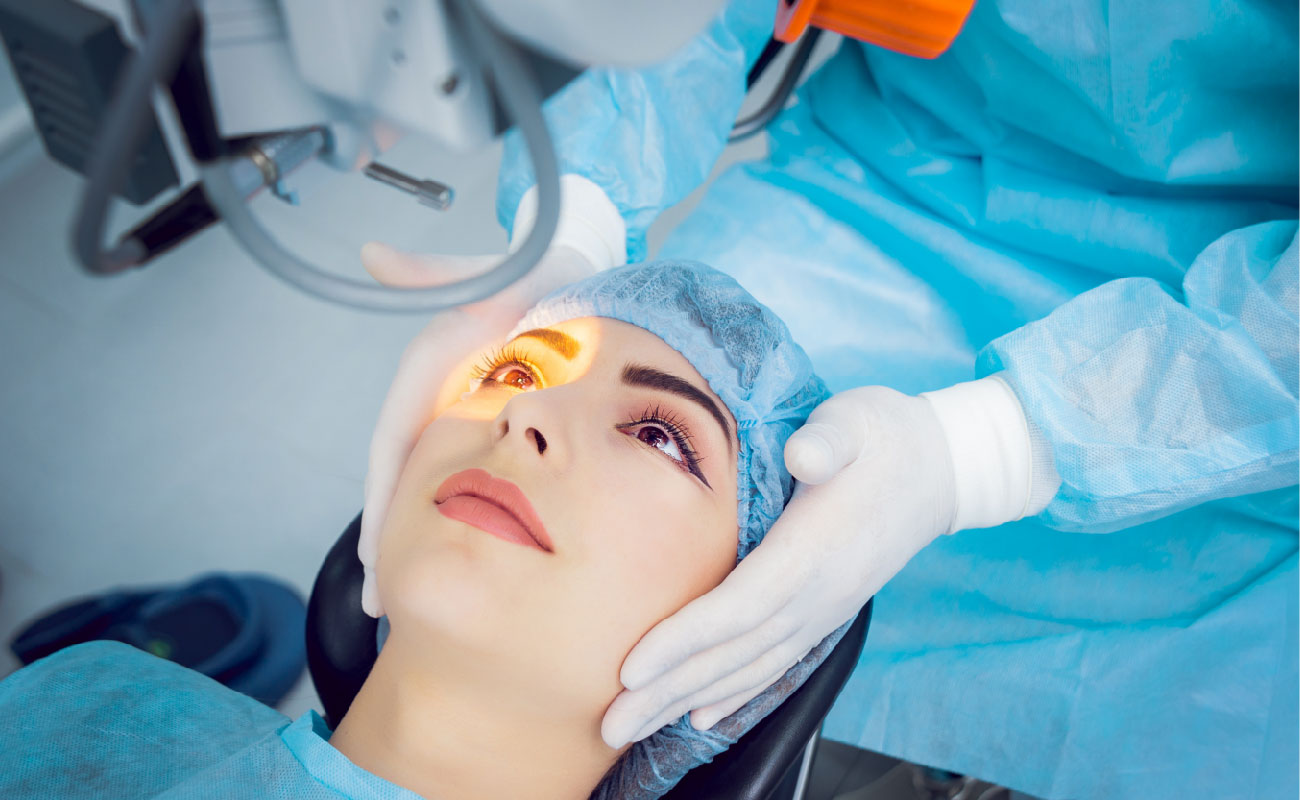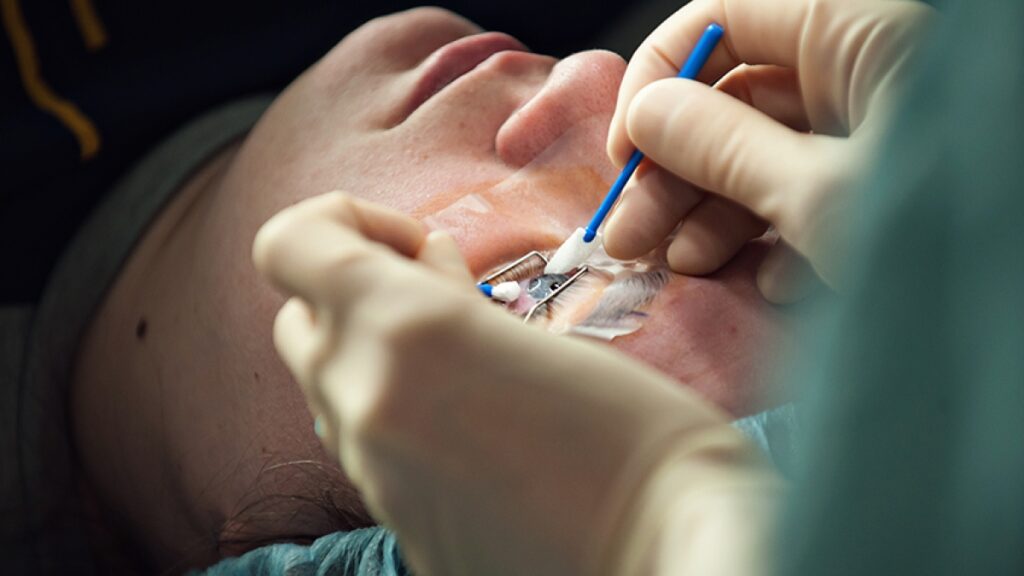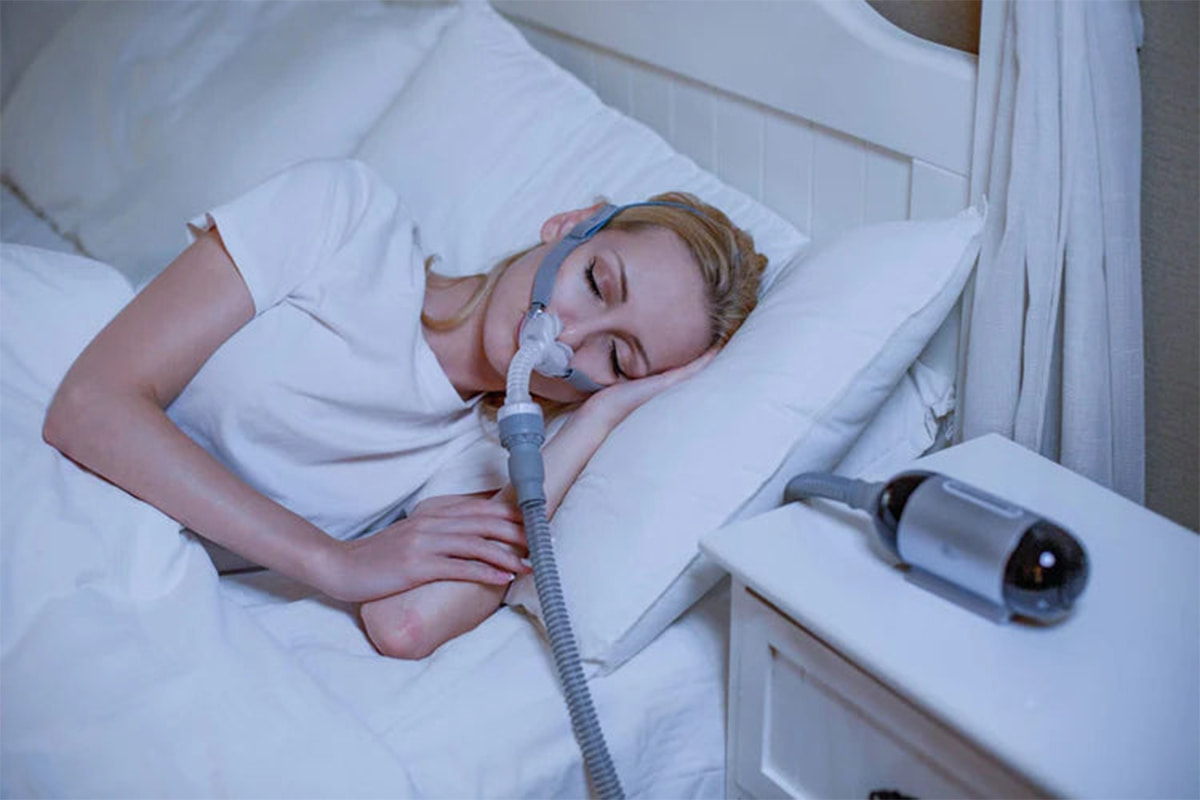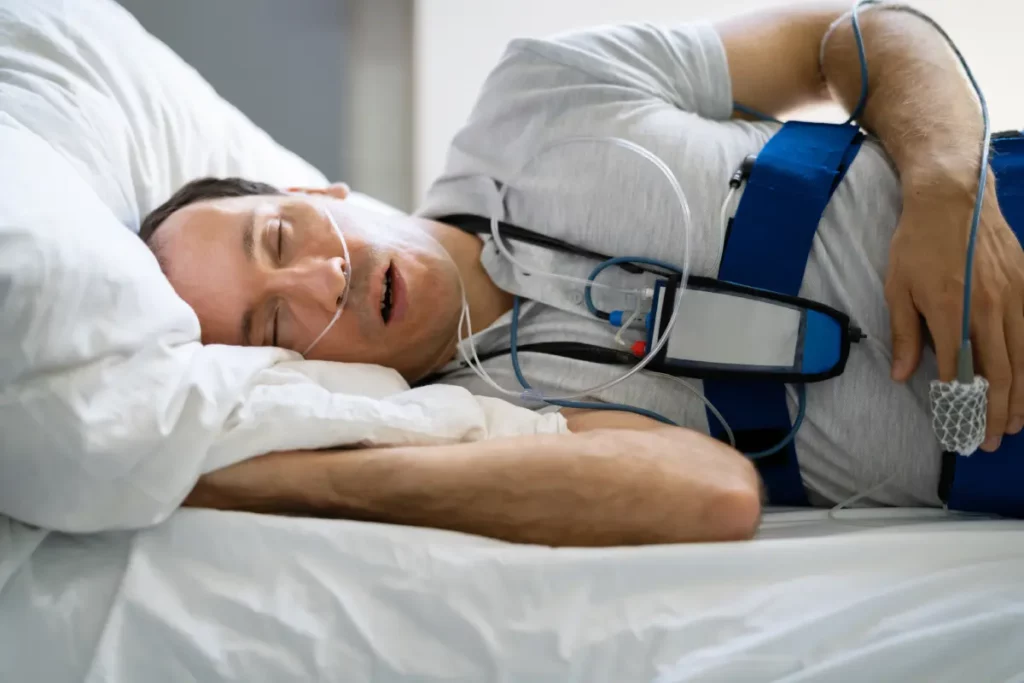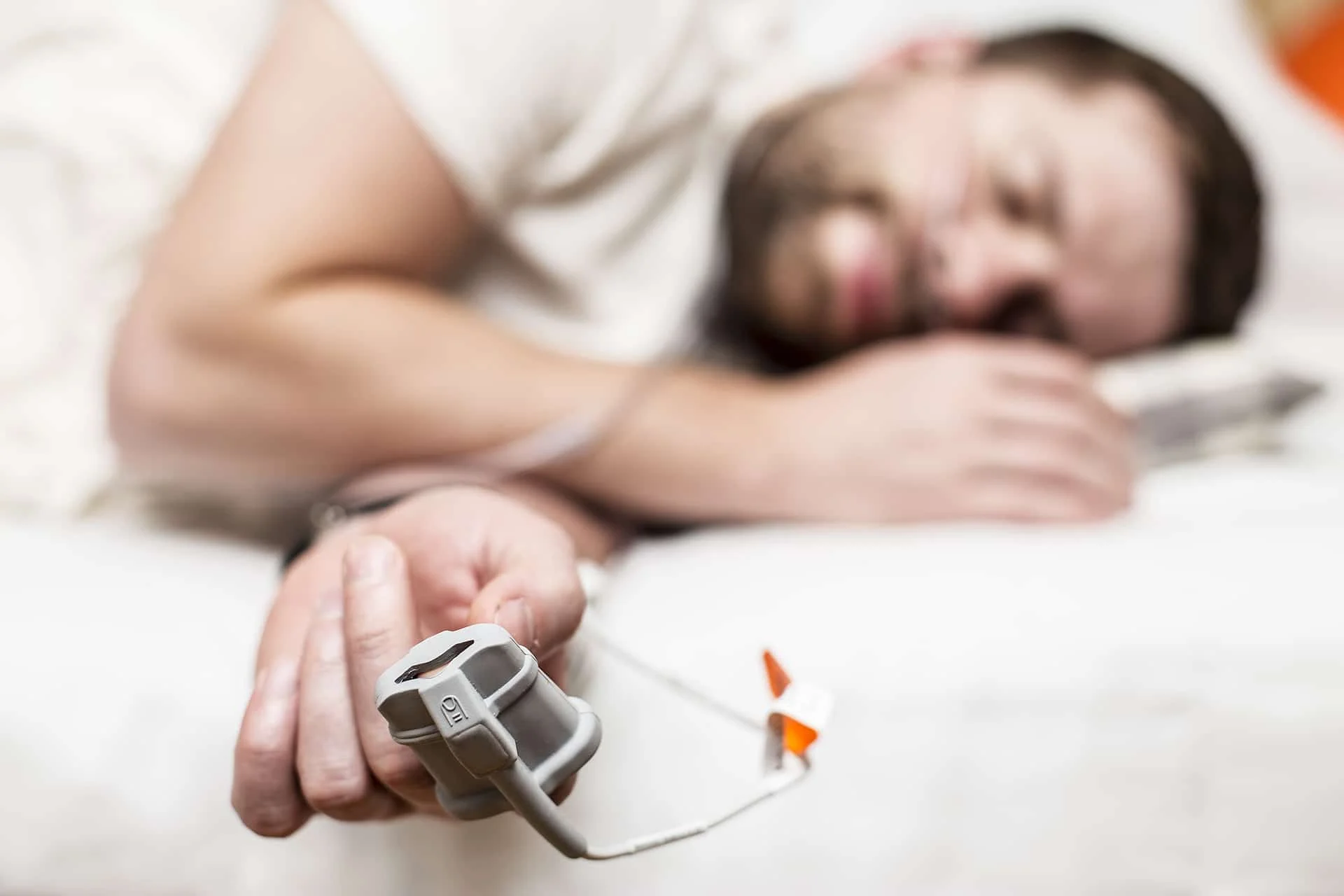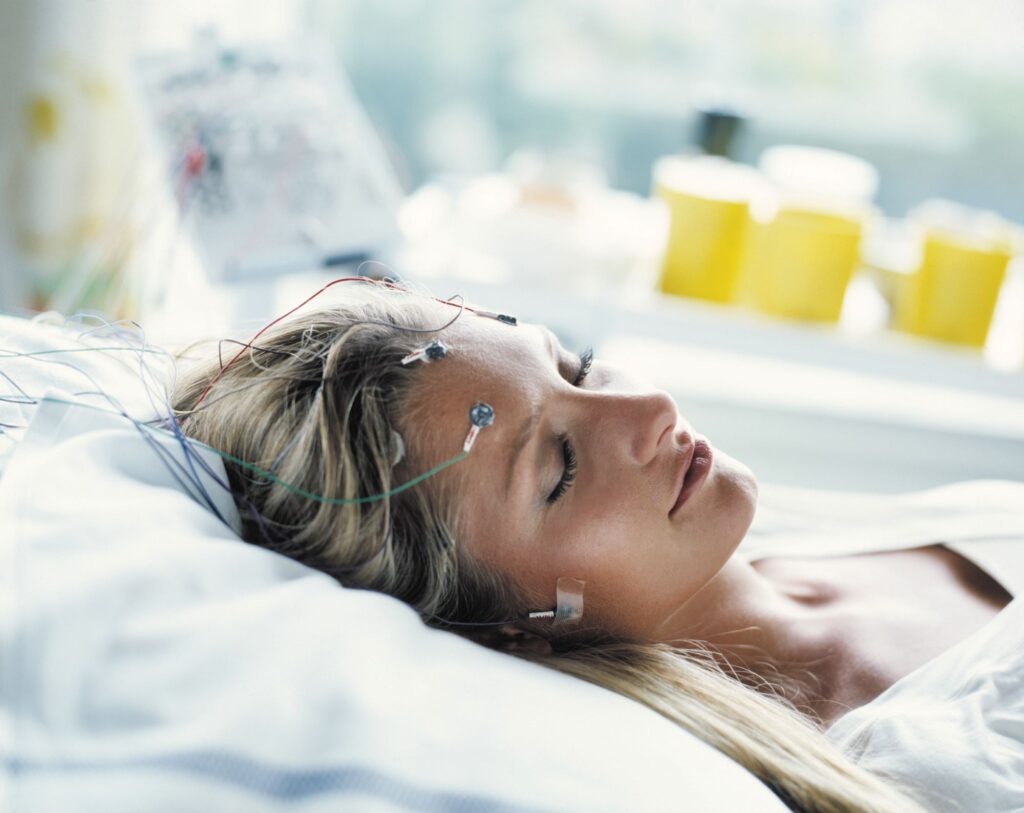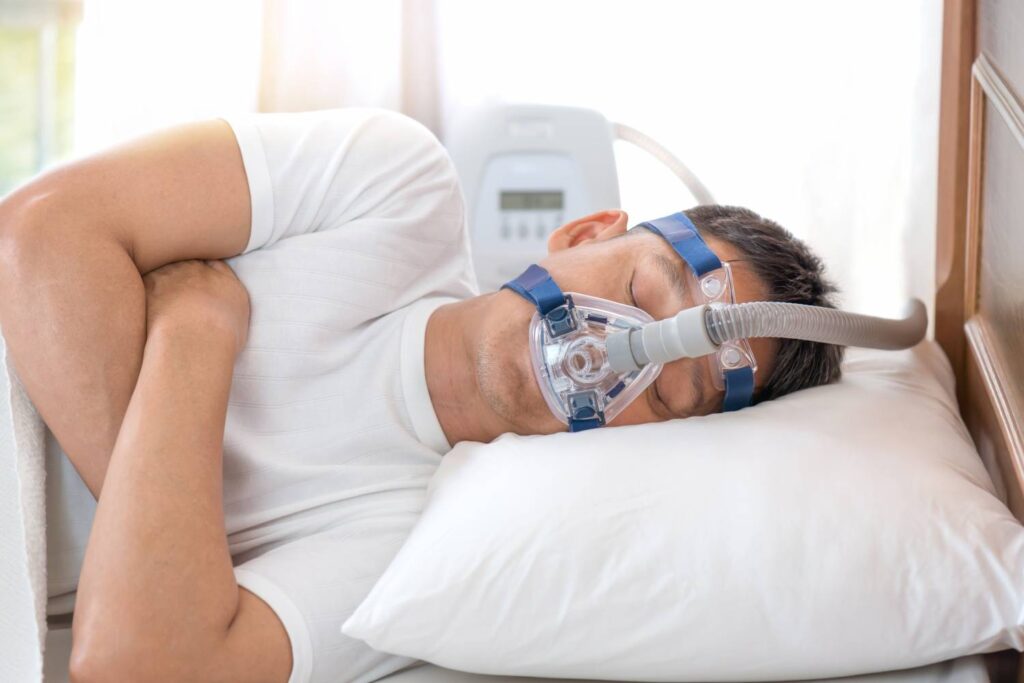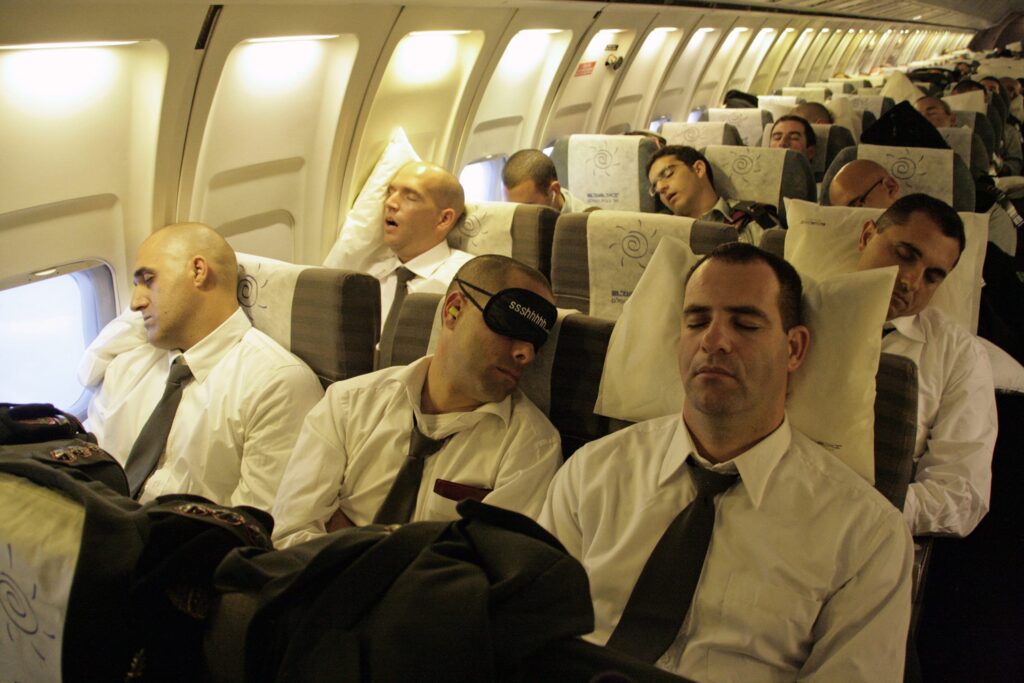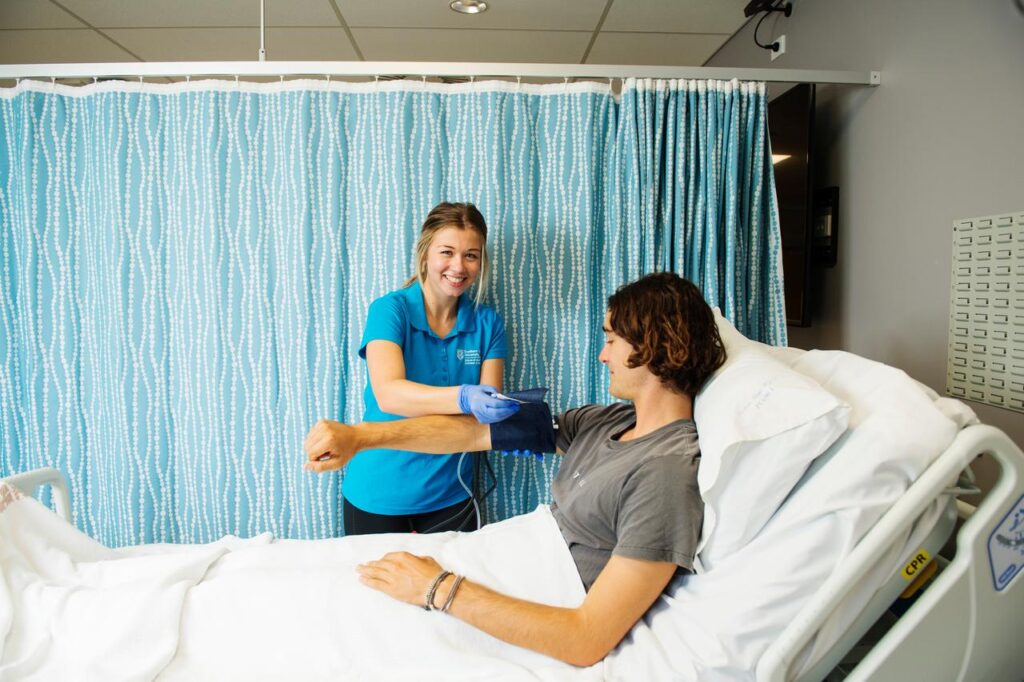Introduction
If you or a loved one require oxygen therapy at home, purchasing a portable oxygen concentrator is a critical decision. These devices help provide the necessary oxygen supply to individuals with respiratory conditions like COPD, asthma, and emphysema. In Australia, portable oxygen concentrators are widely available, but with so many options on the market, it can be overwhelming to choose the right one. This guide will explain what you should look for when buying a portable oxygen concentrator in Australia, including key features, pricing, and where to purchase them.
What is a Portable Oxygen Concentrator?
A portable oxygen concentrator is a device that delivers a continuous supply of oxygen to patients who require supplemental oxygen. Unlike traditional oxygen tanks, which need to be replaced or refilled, oxygen concentrators work by filtering oxygen from the air, concentrating it, and delivering it to the user. They are ideal for people who need oxygen therapy at home but also want mobility and independence.
There are two main types of portable oxygen concentrators: pulse dose and continuous flow. Pulse dose devices deliver oxygen only when the user inhales, while continuous flow devices provide a constant supply of oxygen. The right option depends on your specific needs and medical condition. Click here to read about Home Sleep Study Sydney: Convenience and Comfort for Better Sleep Health.
Key Features to Look for in a Portable Oxygen Concentrator
When shopping for a portable oxygen concentrator, it’s important to consider several factors to ensure the device meets your specific needs. Here’s a breakdown of the essential features you should look for:
1. Oxygen Flow Rate
The oxygen flow rate is one of the most important features to consider. This determines how much oxygen the device can deliver per minute, typically measured in liters per minute (LPM). The flow rate you need will depend on your condition and your doctor’s recommendations.
- Pulse dose models usually provide flow rates of 1-3 LPM.
- Continuous flow models typically offer flow rates ranging from 1-5 LPM.
For patients with moderate to severe conditions, a higher flow rate may be required, while a mini portable oxygen concentrator might suffice for those with mild oxygen needs.
2. Battery Life
Battery life is an essential factor, especially if you need to use your portable oxygen machine while traveling or outside your home. Look for models with long-lasting batteries that provide at least 4-8 hours of continuous use. Some models, like the Inogen One G5 and Philips SimplyGo, offer swappable batteries, which means you can extend the battery life for longer trips.
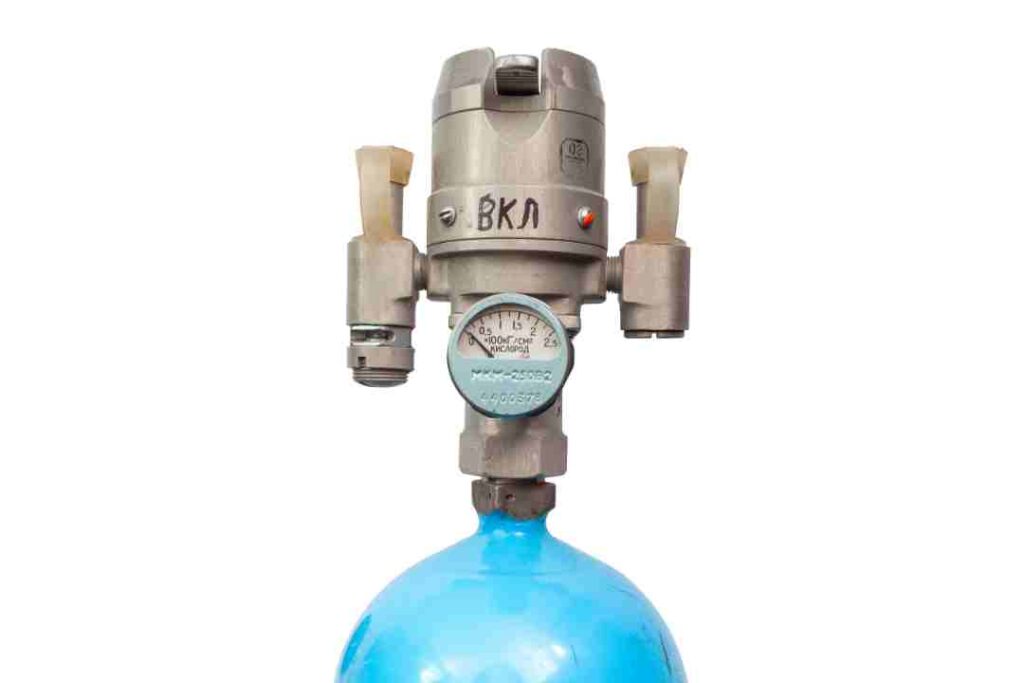
3. Portability and Weight
One of the key advantages of a portable oxygen concentrator is its mobility. Look for a device that is lightweight and compact enough to fit into your lifestyle. Typically, portable oxygen concentrators weigh between 2-5 kg, with mini portable oxygen concentrators being on the lighter end of the spectrum. Models like the Zen-O Portable Oxygen Concentrator or Inogen One are known for their portability, making them ideal for travel and everyday use.
4. Noise Level
Since oxygen concentrators often need to be used for extended periods, especially at night, noise level is an important consideration. Some devices are quieter than others, making them more comfortable for use during sleep or while engaging in quiet activities. The Philips SimplyGo Portable Oxygen Concentrator is one of the quieter models available, operating at only around 43 decibels.
5. Ease of Use and Maintenance
The ease of use is an important factor to ensure you can operate the portable oxygen concentrator without difficulty. Look for devices with simple controls and clear indicators. It’s also important to consider the maintenance requirements—some models require more frequent cleaning, while others are designed to be more low-maintenance. Many oxygen concentrators come with filters that need to be replaced every few months.
6. Price and Warranty
Portable oxygen concentrators can be a significant investment, with prices ranging from AUD 2,000 to AUD 6,000 depending on the model and features. While the upfront cost may seem high, consider the long-term savings. Unlike oxygen tanks, which require refills, oxygen concentrators eliminate that recurring expense.
Additionally, check for warranty and customer support options. Many suppliers offer warranties of 1-5 years, ensuring you are covered for any defects or issues with the device.
Where to Buy a Portable Oxygen Concentrator in Australia
If you’re wondering “where can I buy or rent a portable oxygen concentrator machine”, there are several reliable options in Australia. You can find oxygen concentrators for sale through both online and physical retailers.
1. Oxygen Australia
Oxygen Australia is a leading supplier of home oxygen machines. They offer a variety of portable oxygen concentrators, including popular models like Philips SimplyGo and Inogen One G5. Their website allows you to purchase or rent oxygen machines for home use, with home delivery available.
2. Lincare Australia
Lincare Australia offers a wide selection of portable oxygen concentrators for sale or rent. They provide medical oxygen supplies and support services, including training for patients on how to use their oxygen concentrator.
3. Chemist Warehouse
Chemist Warehouse is another retailer that may offer oxygen concentrators in Australia. While it’s more commonly known for its pharmacy products, they also sell medical devices, including oxygen masks for home use, oxygen tanks, and portable oxygen concentrators.
4. Online Retailers (Amazon, eBay)
If you prefer the convenience of shopping online, Amazon Australia and eBay offer various models of portable oxygen concentrators at competitive prices. Be sure to check the seller ratings and reviews to ensure you’re buying from a reputable source.
Portable Oxygen Concentrator Price in Australia
The portable oxygen concentrator price in Australia varies depending on the model, brand, and features. Generally, you can expect to pay:
- Mini Portable Oxygen Concentrators: AUD 2,000 to AUD 4,000
- Standard Portable Oxygen Concentrators: AUD 3,000 to AUD 6,000
Keep in mind that additional accessories, such as extra batteries, chargers, or carrying cases, may add to the cost.
Conclusion
Choosing the right portable oxygen concentrator for your needs is an important decision that can greatly improve your quality of life. When buying a home oxygen machine, consider factors such as oxygen flow rate, battery life, portability, noise level, and price. In Australia, there are numerous reliable suppliers where you can purchase or rent oxygen machines for home use, including Oxygen Australia, Lincare, and online retailers like Amazon and eBay.
FAQs
The price of a portable oxygen concentrator in Australia ranges from AUD 2,000 to AUD 6,000 depending on the brand, model, and features.
You can rent portable oxygen concentrators from Oxygen Australia, Lincare Australia, and some online retailers like Amazon.
When choosing a portable oxygen concentrator, consider the oxygen flow rate, battery life, portability, noise level, and price.
Yes, mini portable oxygen concentrators are available in Australia from retailers like Oxygen Australia and eBay.

